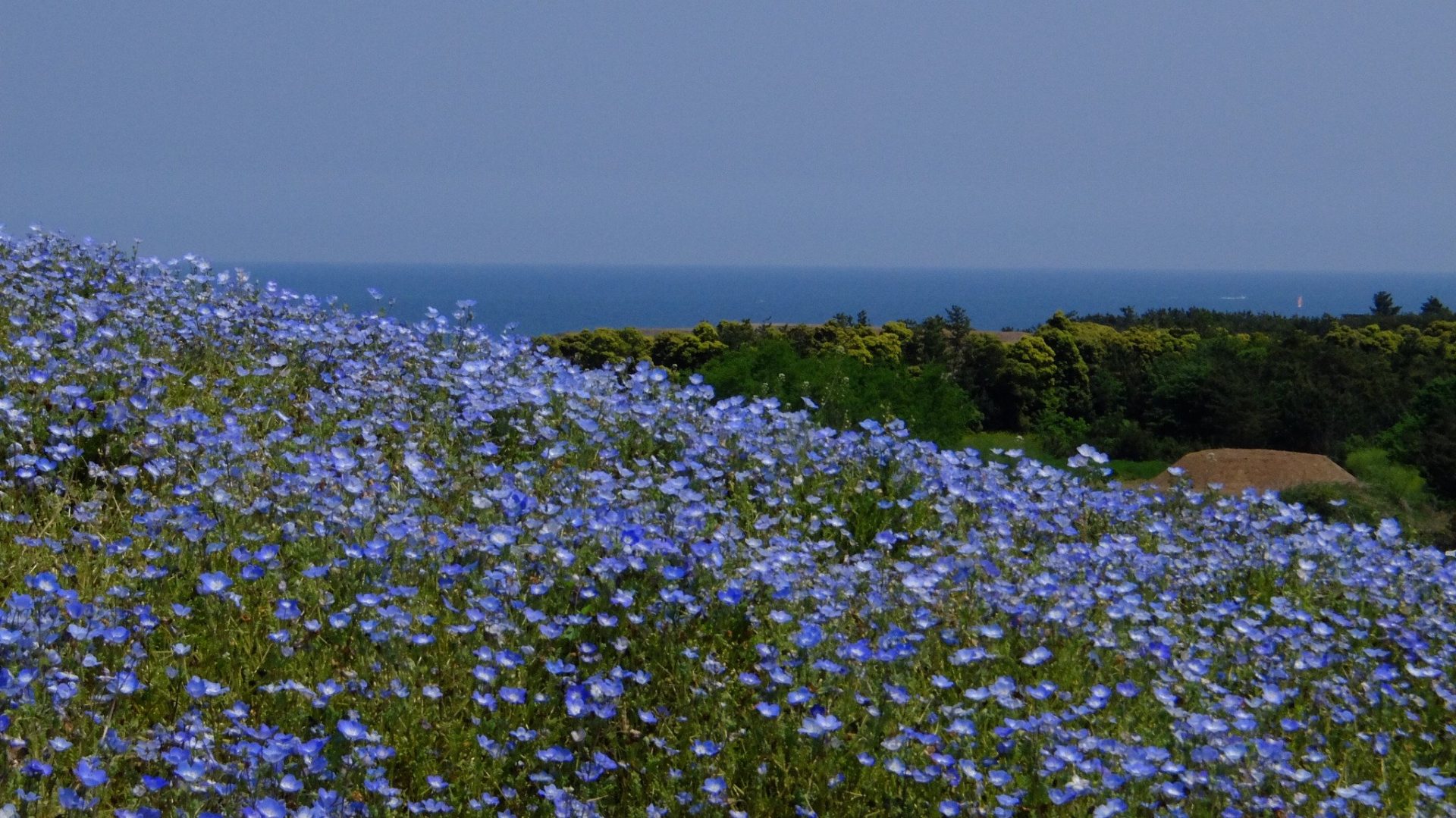It was just my friend C who is supposed to buy a barong for formal events that we journalists have to attend to chase our sources. I realized I needed a barong as well so I will have my fitting next week.

The owner of the shop said I can wear this with pants or skirt. I’ve seen many politicians and other government officials donning the modern barong for women instead of the traditional baro’t saya, which is so cumbersome to wear. I didn’t really have to have the embroidery handmade (a lot more expensive) since I’m not getting married in the barong—I just need to be presentable.



This was my maternal grandma’s business so my mom knows a thing or two about barongs and embroidery. I also know a little about this since we used to wash, dry and iron barongs and embroidered cloths at home before selling them for my grandma.
I discussed with my friend, C, that he should go for the piña-jusi (pronounced as pinya-husi) instead of the more expensive and formal piña (pineapple fabric woven in a traditional Filipino way) because the latter is more delicate to wear and maintain. Over time the ecru piña turns darker (in my observation). Jusi is silk but more durable and opaque than piña. It is also half the price of a piña barong. Piña is for barongs that you wear when you get married (or a similar formal occasion). Piña-jusi is jusi that is made to look like piña (i.e. to look more expensive) by hand painting the cloth with streaks to resemble piña cloth. Silk cocoon—a more expensive silk—is in between jusi and piña, since the fabric is finer and more expensive than jusi but not as fine and delicate as piña.
I said since we would be chasing sources even in such formal events like the annual cocktails at the central bank, C would be in danger of damaging a piña barong in a media scrum. He agreed and decided to go with piña-jusi with a more ethnic pattern for the embroidery—a hand-embroidered one at that—instead of the more traditional embroidery of vines and flowers.



Prior to going to Lumban, C, checked out Kultura in SM and his eyes watered at the PHP 20,000-PHP 24,000 price tag for a piña barong. The Lumban shop we were at only charges PHP 12,000 for machine-embroidered piña barong. A hand-embroidered one would be a little more expensive but still cheaper than in Kultura. C got the hand-embroidered piña jusi for only PHP 6,000, including the inner long-sleeved shirt called camisa de chino. It was such a good deal.
My barong, on the other hand, would cost me PHP 5,000 because the off-the-rack one won’t fit me. I have to clarify next week that I don’t want a hand-embroidered one. Let’s see if I could haggle the price down.
We ate lunch in neighboring town of Pagsanjan and I introduced C to balaw-balaw: minced shrimps in coconut milk, ginger, and chilis.
Since we were already in Lumban, I drove to Caliraya to show C the lake and the campsites and some resorts. He loved it and was entertaining a fanciful thought of buying a property there for a rest house.


And before driving him to the bus terminal in Sta Cruz to go back to Makati, I brought C to an old church in the town of Kalayaan.





We were running out of time and C needs to take the bus at 4 pm because the weekend traffic going northwest to Metro Manila is horrible.
